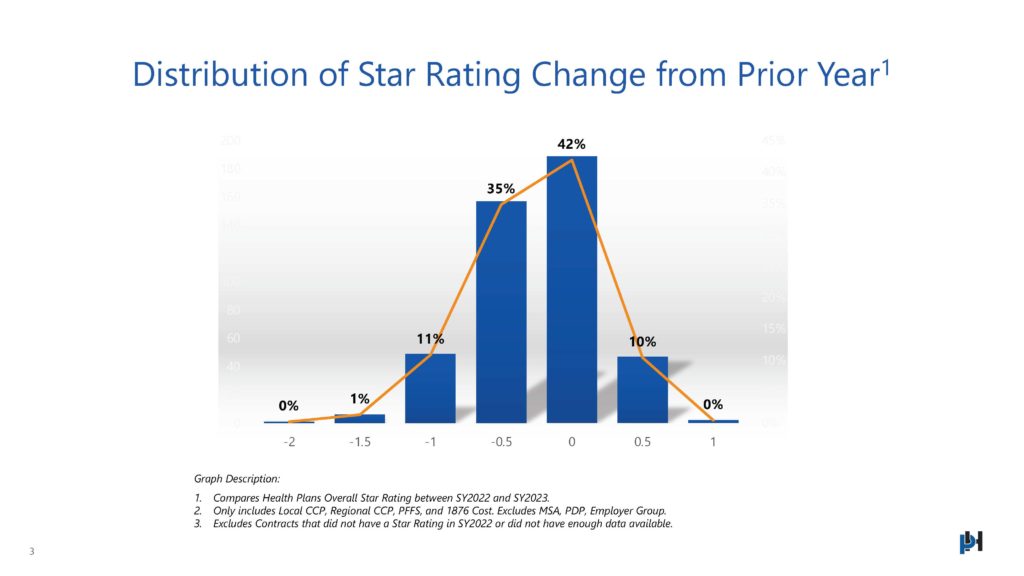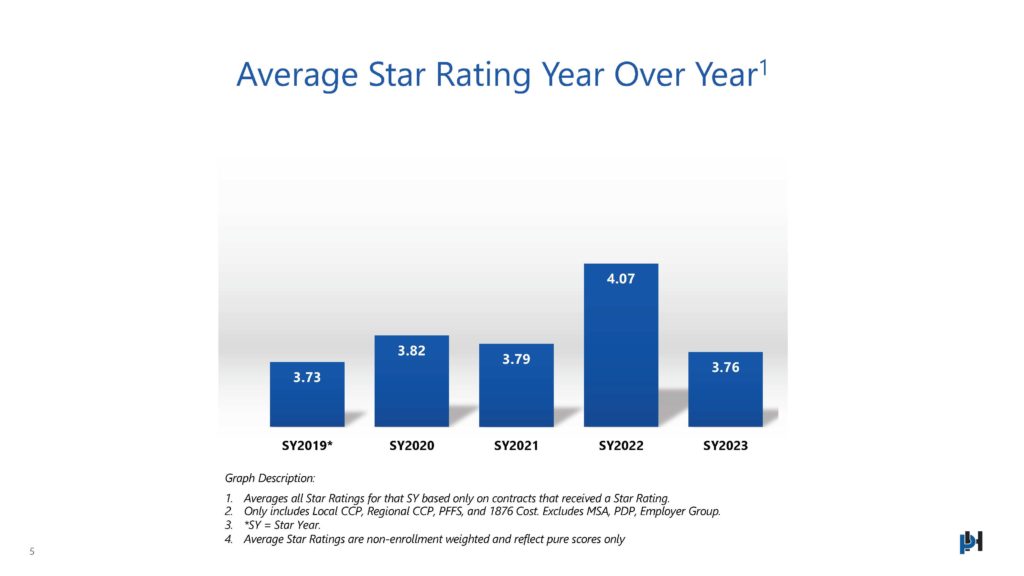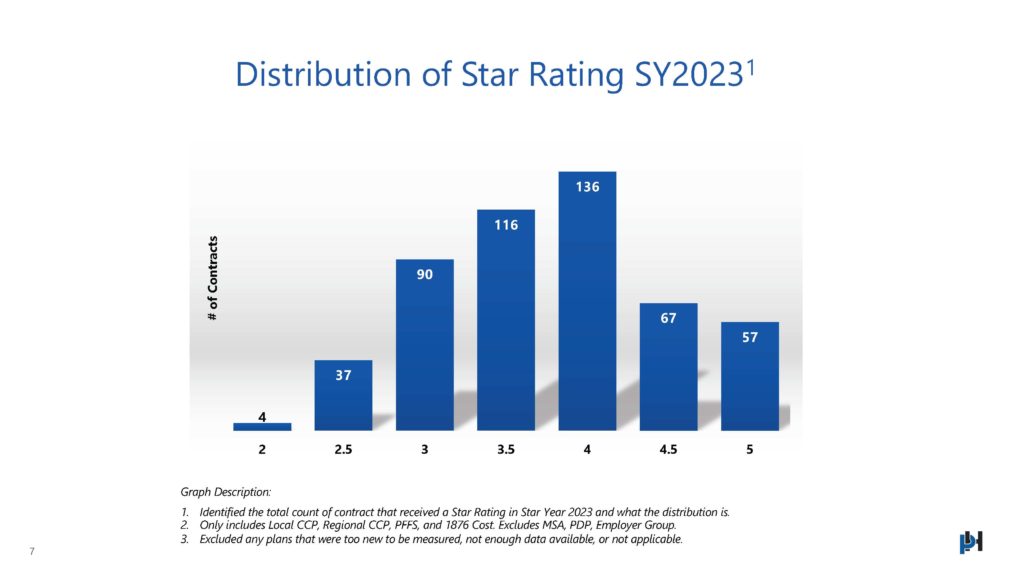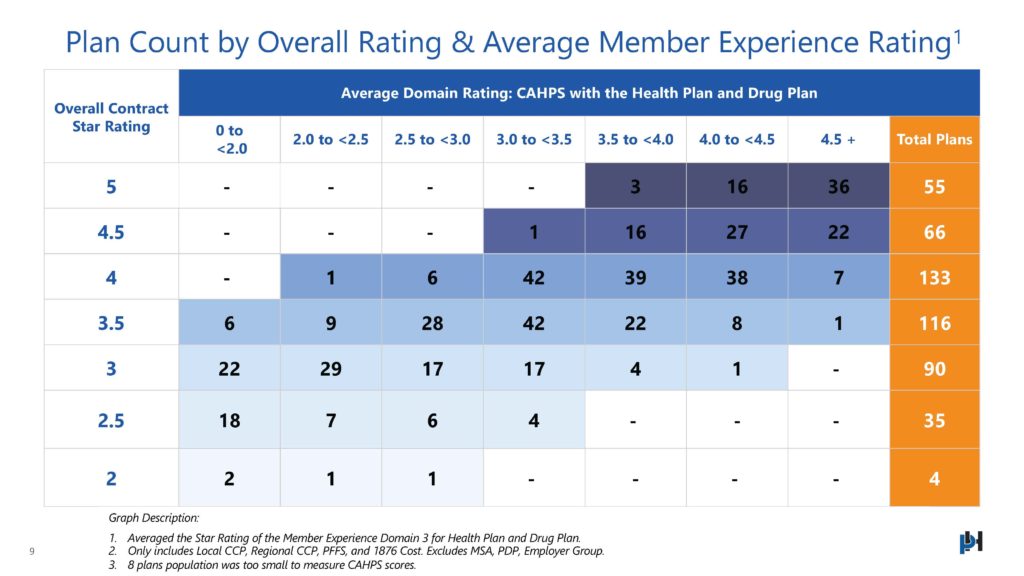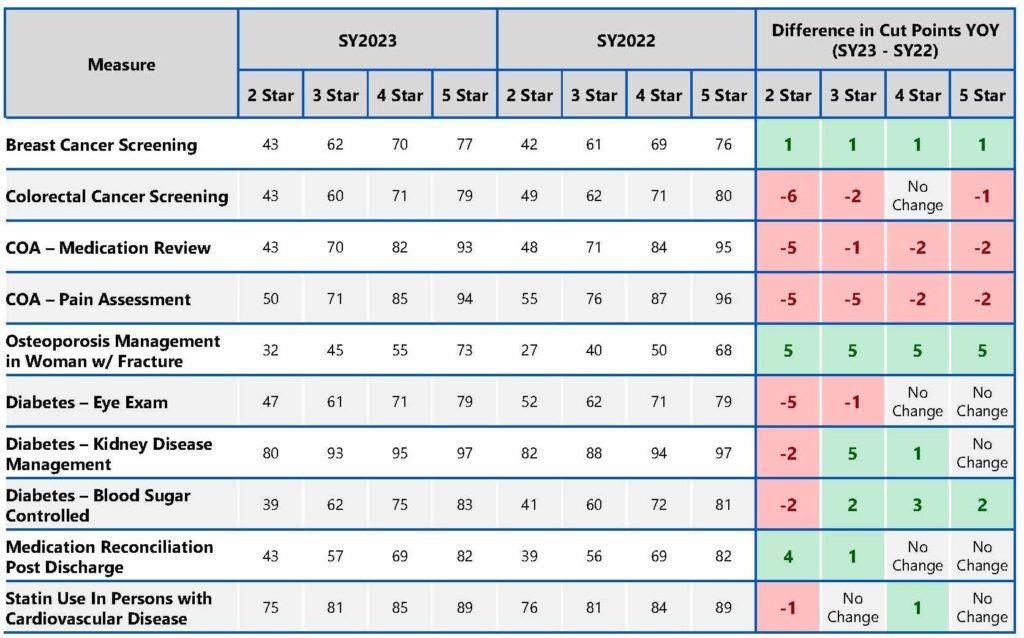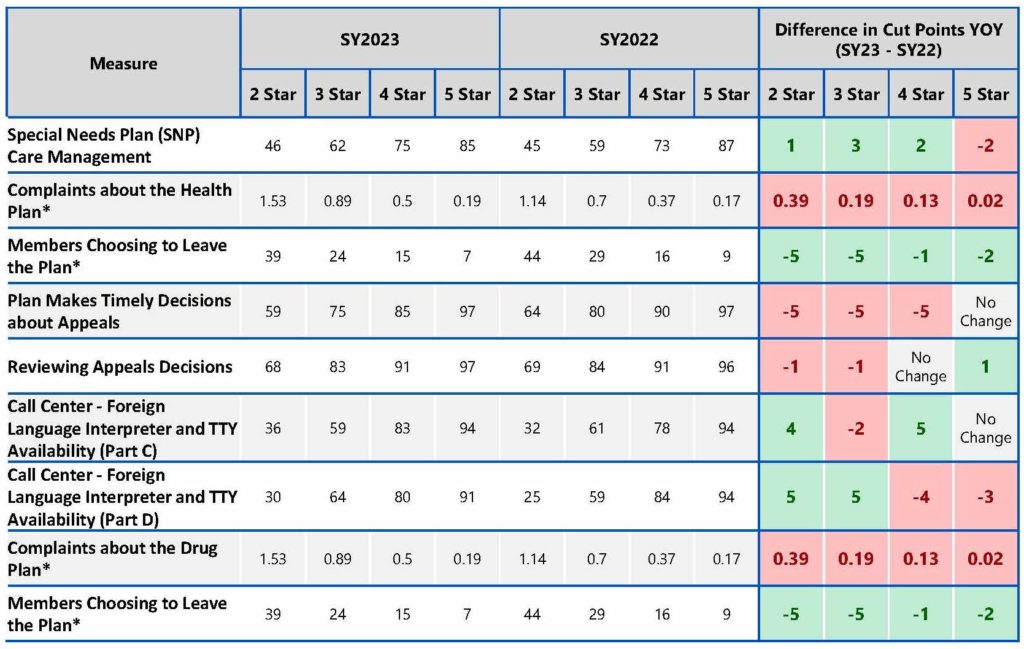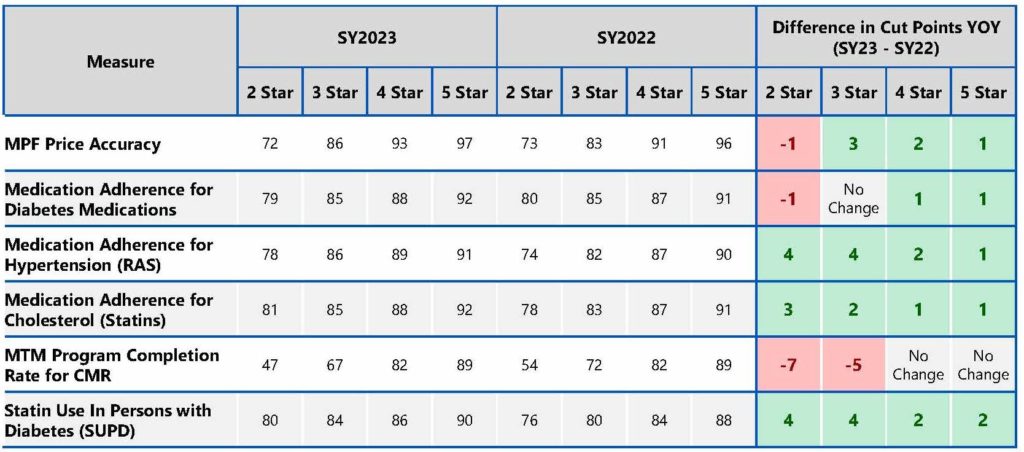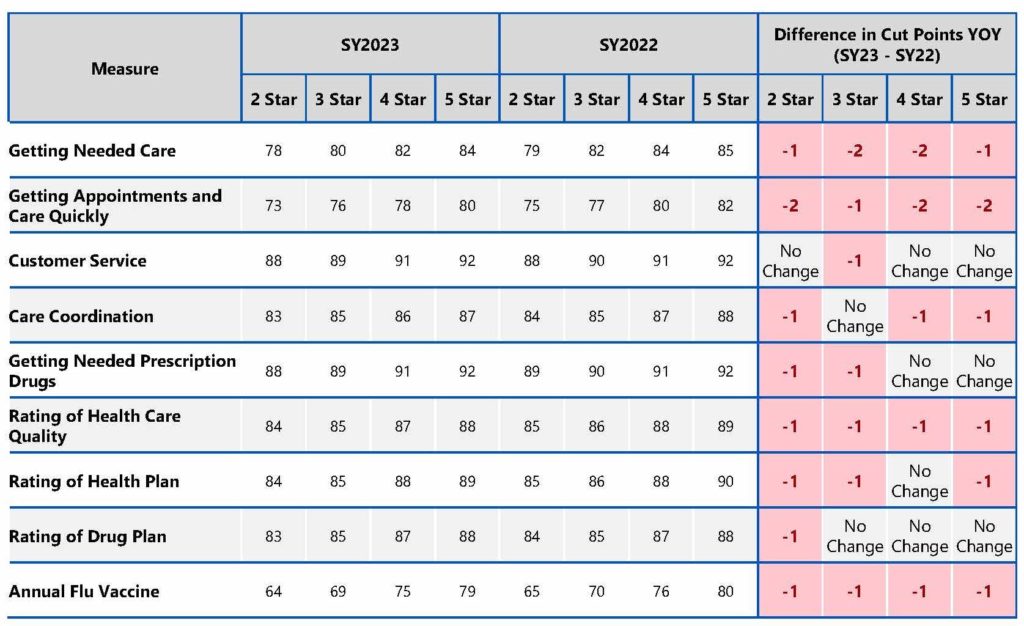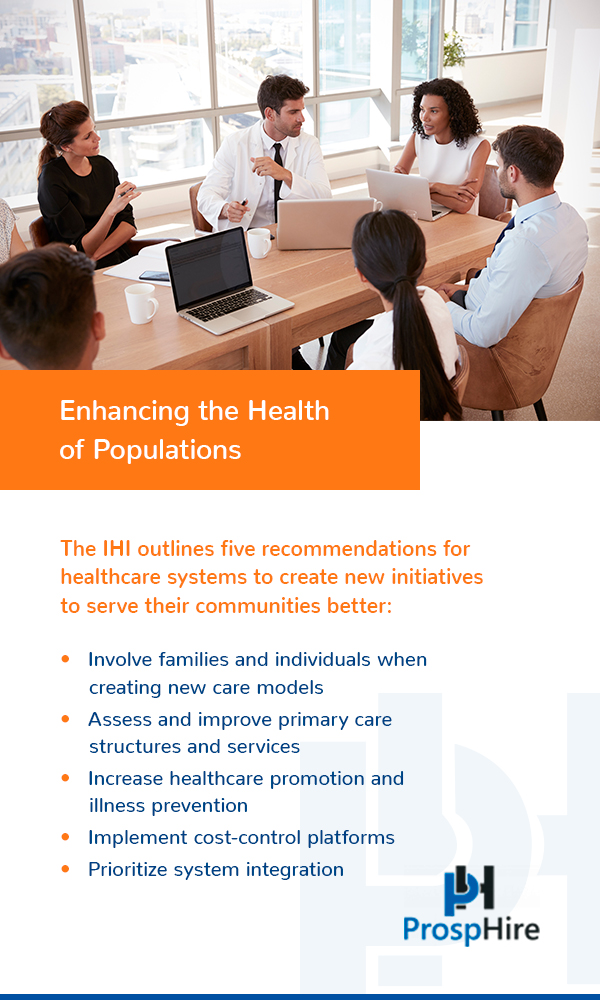What Is Value-Based Healthcare?
Jump to:
- What Is Value-Based Care and How Does It Work?
- Examples of Value-Based Healthcare
- What Does Value-Based Care Mean for Payers and Providers?
Traditional fee-for-service healthcare does not always provide a desirable system for all patients. It can result in inadequate or overpriced services, making it a less attractive option for many individuals.
Value-based care (VBC) is changing the landscape by lowering prices and boosting satisfaction for patients, payers and providers as well as aligning incentives and promoting quality care.
We are exploring the different facets of VBC to help you better understand this care model. Learn what value-based healthcare really means, how it works, and its many benefits.
What Is Value-Based Care and How Does It Work?
Value-based healthcare programs are designed to reward providers for delivering the highest quality of care. They involve incentive payments for the efficiency and ultimate effectiveness of the services delivered. These systems work as a form of reimbursement and rival traditional healthcare programs that operate with retrospective payments based on bill charges.
The U.S. federal government first introduced VBC programs in 2008 to improve healthcare services provided to people with Medicare as part of the Medicare Improvements for Patients and Providers Act (MIPPA). In 2010, the Affordable Care Act (ACA) also further advanced the development of value-based healthcare.
Today, both federal and commercial payers are leading the way in value-based care initiatives by focusing on common areas of duplication, supporting care pathways and evidence-based medicine goals. Removing unnecessary variation in care delivery means better outcomes and lower costs.

Examples of Value-Based Healthcare
Value-based healthcare is available in a variety of options. The following are some of the most popular programs you can choose from:
Accountable Care Organizations
Originally intended for Medicare patients, accountable care organizations (ACOs) coordinate various healthcare providers to offer coordinated care for a defined population of patients. Providers in the organization share not only the responsibility for improving care, but also the associated risks and incentives in quality performance metrics and lowering costs. While ACOs must invest in technology, people and processes to improve care, the risk arrangements often allow for returns on the investment.
Bundled Payment
A bundled payment, also called an episode-based payment, encompasses a program that allows patients to pay for an entire episode of treatment for medical and surgical care. The bundled payment methodology usually begins during hospitalization or surgical procedures and ends ninety days after the initiation of the bundle. This allows providers to emphasize not only the treatment provided within the hospital but the post-acute services, such as rehabilitation or nursing care afterward. It helps incentivize better care transitions and utilization of high-quality post-acute providers that keep the patient safe and avoid unnecessary readmissions.
Patient-Centered Medical Homes
A patient-centered medical home (PCMH) is another value-based healthcare model that is centered on a team-based approach to care, anchored in the primary care setting. Providers are typically reimbursed with additional payments to support a more patient-centric and care management delivery model often including services for physical health, mental health, wellness and around-the-clock availability to meet patient and caregiver needs.
Hospital Value-Based Purchasing
CMS has also established metrics for most US hospitals related to penalties and risks for quality and cost of care. The programs require hospitals to improve performance on hospital-acquired conditions, value-based purchasing and readmission reduction. These programs place a significant portion of Medicare revenue at risk for hospitals and allow hospitals to grow and support other providers in value-based arrangements.
What Does Value-Based Care Mean for Payers and Providers?
Now is the time to consider examining or re-examining these programs and the impact on quality care and lowering costs. Are the current programs effective? Are patient outcomes improving and is the expense of operating in these models truly impacting cost? While research is mixed, there is no question that rethinking healthcare reimbursement is here to stay. The most successful organizations are finding the right combinations of care management, pathways, reimbursement and patient engagement that is pushing healthcare delivery in the right direction.
There are several challenges to success in value-based care. One challenge is access and analysis of timely data that provides the necessary feedback on what is working and what may not be working in care delivery. Often data that providers see is outdated and not well presented to allow real-time interventions or change.
Another challenge is the lack of coordination between payers and providers and coordinated use of resources for patient/member care management. Care management services may be offered by physician practices, hospitals and payers without a patient-centric approach which can be duplicative and sometimes conflicting. In an ideal system, these important care management and care transition services should be coordinated and focusing on ensuring patients are guided through chronic and acute illnesses and services without overlap or complications.
Working together, payers, providers and patients can optimize value-based care models by learning from past experiences and continually finding new and innovative ways to align incentives, improve engagement and concentrate on quality outcomes and appropriate costs.

Turn to ProspHire to Learn More
Value-based healthcare can assist in advancing the Quadruple Aim. From providing better care at lower costs to improving health management strategies, this type of care offers many benefits.
At ProspHire, we want to help you provide the highest quality of care possible for your patients. With our team’s extensive healthcare industry knowledge and commitment to delivering valuable results, we are here to optimize your project resource management.
Are you interested in learning more about how ProspHire can enhance your organization’s processes and improve your performance with integrated clinical care solutions? Contact us below to get started today!




